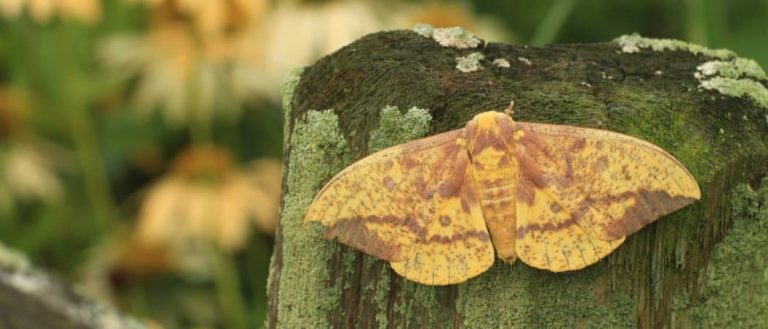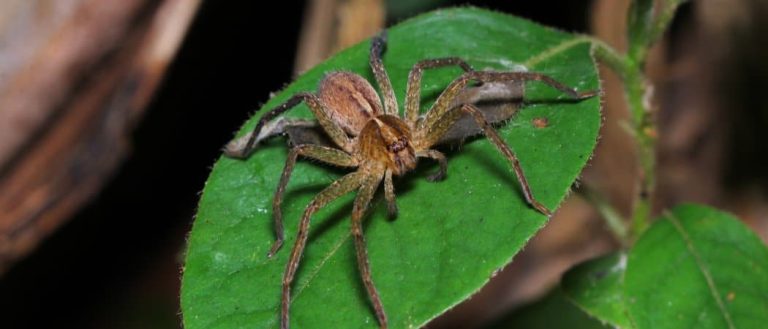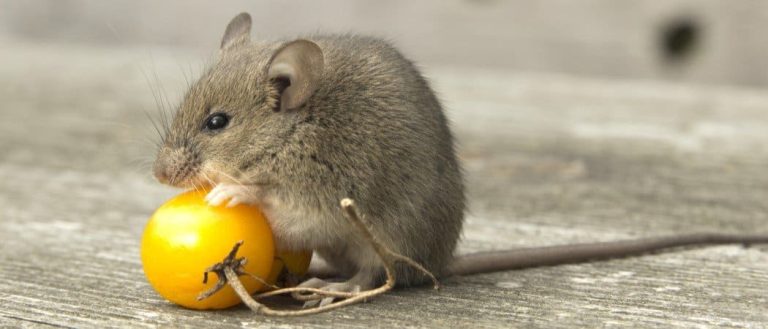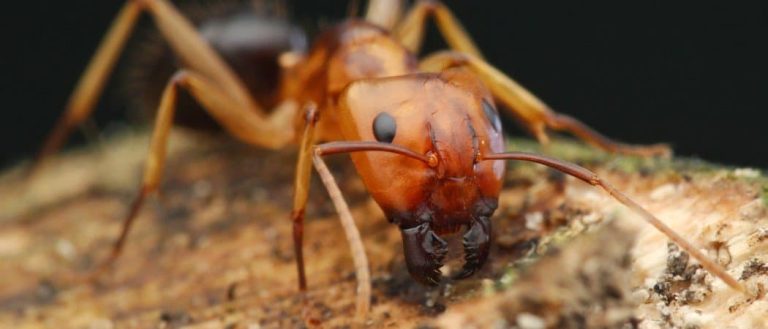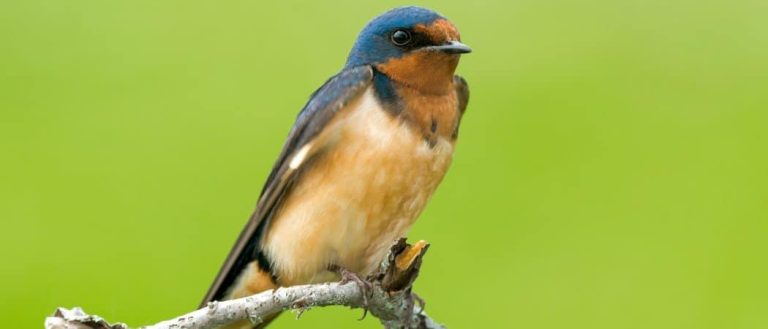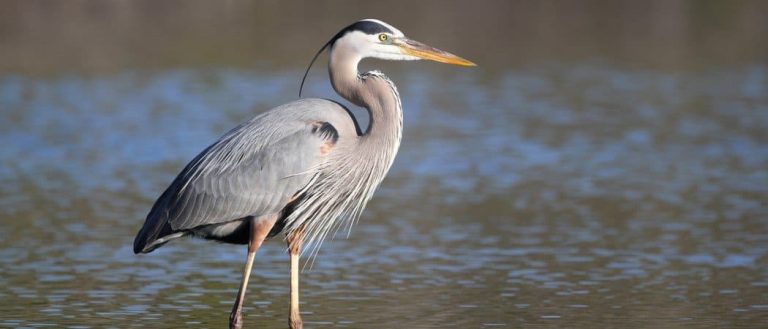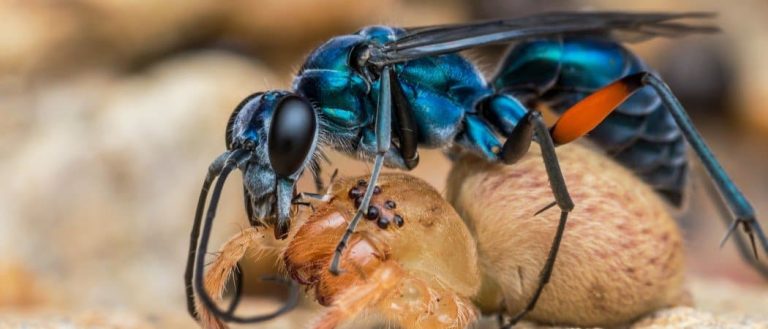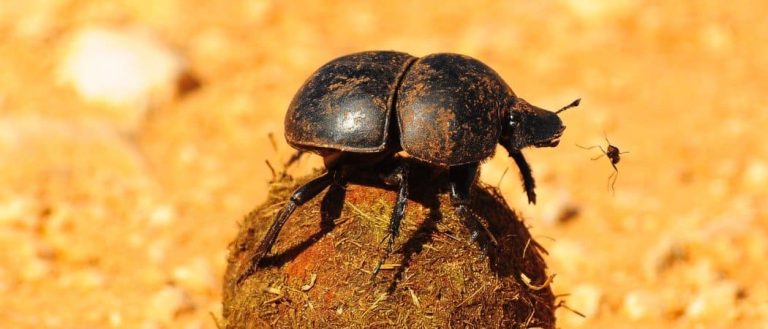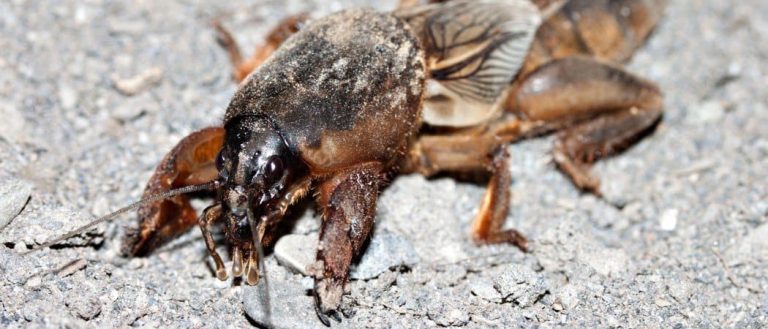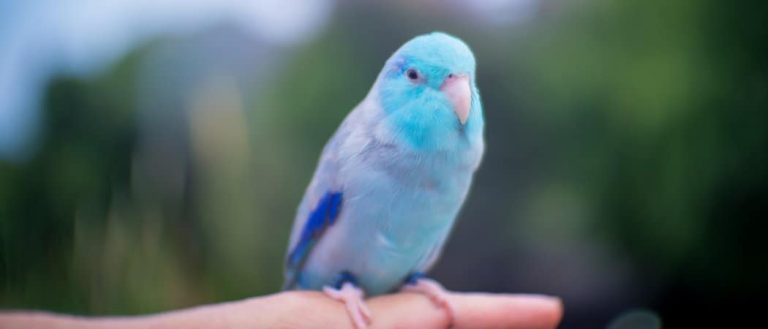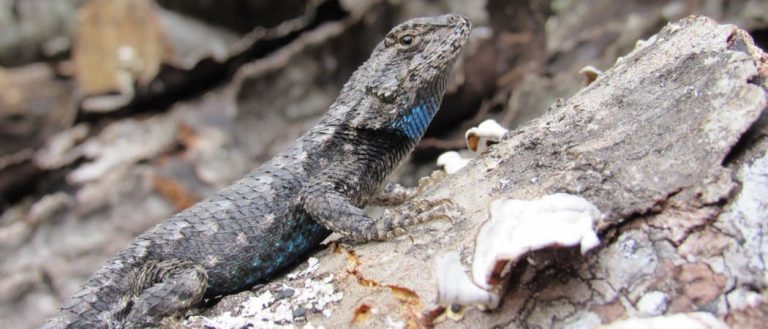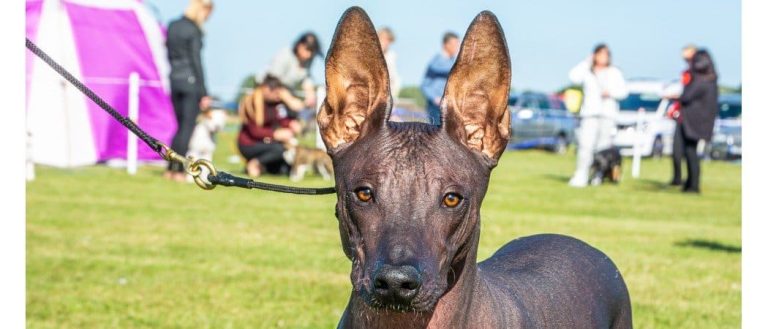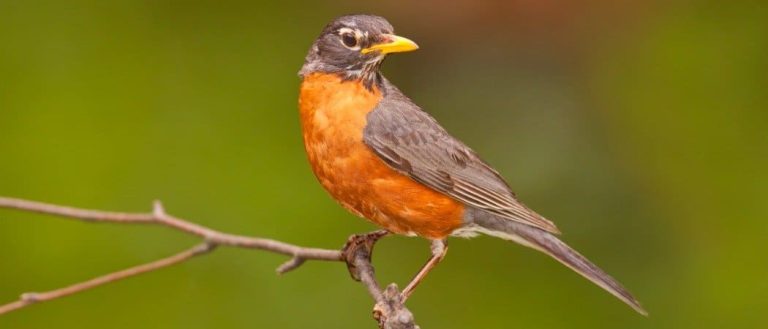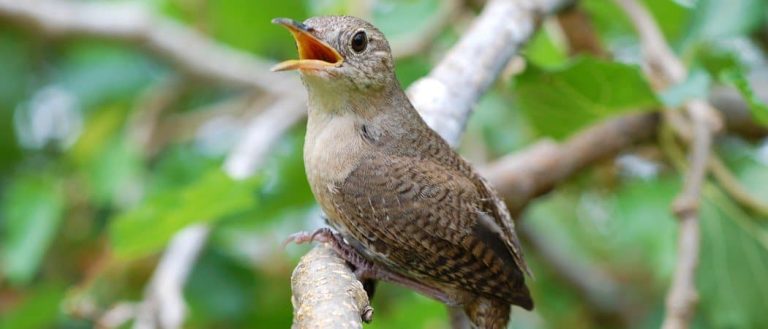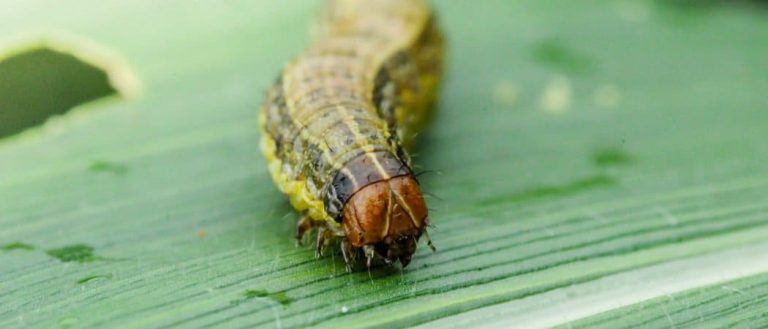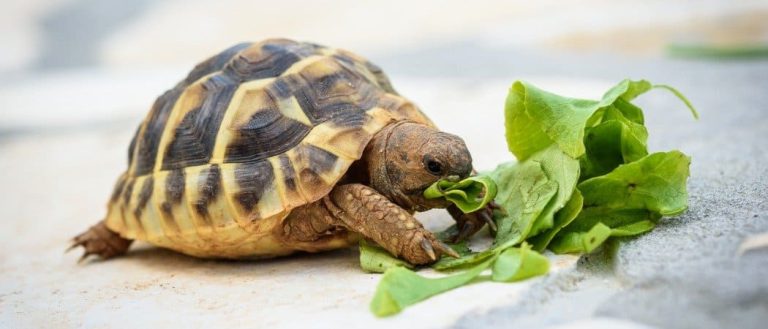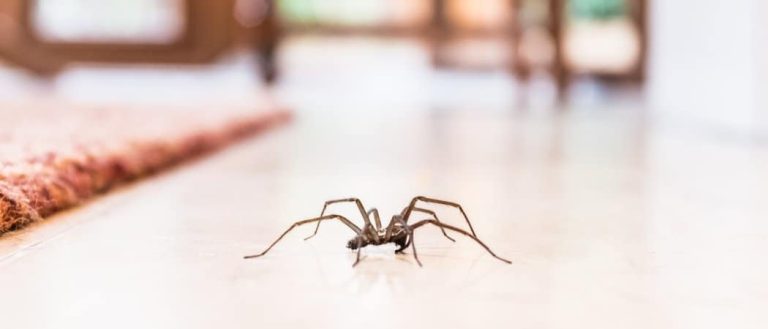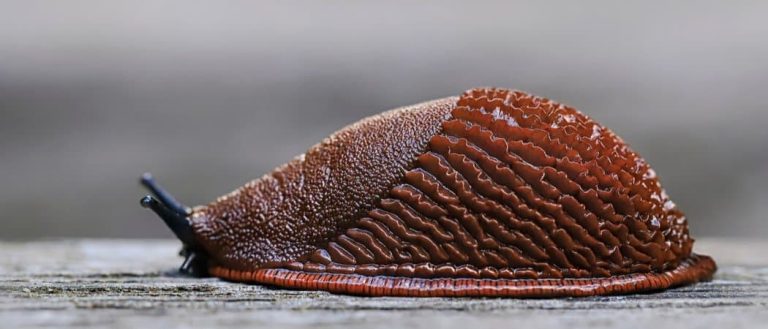Mexico
Huntsman Spider
Some huntsman spiders have an interesting way of moving around. Some cartwheel while others do handsprings or backflips.
Rodents
The capybara, the world’s largest rodent, likes to be in and around bodies of water. Because of this, the Catholic Church in South America decided that it was a fish, and people were allowed to eat it during Lent and First Fridays.
Carpenter Ant
Carpenter ants can lift up to seven times their own weight with their teeth!
Barn Swallow
Older offspring help care for new hatchlings.
Great Blue Heron
Their wingspan is larger than an eagle’s; both males and females help hatch the eggs; rich in symbolism
Spider Wasp
They prey on spiders to feed their larvae or they parasitize other spider wasps.
Dung Beetle
The dung beetle can push objects many times its own weight
Mole Cricket
Adult Mole crickets may fly as far as 5 miles during mating season and are active most of the year.
Parrotlet
Parrotlets aren't the world's tiniest parrot — that would be the pygmy parrot of Australasia.
Eastern Fence Lizard
Females are usually larger than males.
Xoloitzcuintli
The Xoloitzcuintli is the national dog of Mexico
American Robin
The color “Robin egg blue” is named after the hue of their eggs.
House wren
The wren’s epithet, aedon, comes from a Greek queen who accidentally killed her only son. She was actually aiming for her nephew, and Zeus took pity on her and turned her into a nightingale.
Armyworm
They are so named because they "march" in armies of worms from one crop to another in search of food
Turtles
Some species of aquatic turtles can get up to 70 percent of their oxygen through their butt.
Common House Spider
House spiders have the ability to eat most insects in a home.
Slug
They glide around on one foot, which is aided by the slime they produce

